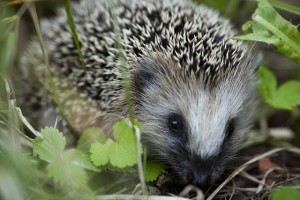
Why didn’t the Skeleton go to the party? Cos he had nobody to dance with….
Get it?
Yes, ok… so not the most original joke, but the skeleton is truly an amazing structure. Much like the rest of the body.
So apart from making a great Halloween costume, what is a skeleton for? What do the various bits a pieces do?
The skeleton, once we’re fully grown, has 206 bones. That’s 206! The skeleton has a number of important functions. It provides protection. Our insides are rather squidgy, so we need something to protect them, and stop them spilling out onto the floor. Apart from making an awful mess, which would get us into trouble, and I don’t really like cleaning up.
It gives our bodies form. In that I mean it gives us a shape. Just like our insides, our outsides are squidgy too, made up of skin, hair, fat and fingernails, and we’d be a puddle of blubber on the floor without it.
It allows us to move around. The bones of the skeleton provide points of attachment for our muscles. As each muscle shortens, our limbs bend, allowing us to move. Without the skeleton, we wouldn’t be able to run, jump, dance, or eat…and that would be rubbish.
It makes our blood. Some of the bones play a role in making our blood, particularly the big ones like the thigh bones (femur) or hips (pelvis).
So you see, the skeletal system is very important. Without it, we’d be very lonely…cos, we’d, er…have no body.
Ok, enough with the skeleton jokes.
Till next time.
Dr Matt Piccaver is a General Practitioner (Family Practitioner) based in Suffolk, UK. Originally trained in Forensic Science, he went on to read Medicine at Cambridge. Dr Piccaver is a passionate advocate for patient education, and believes that no one has the monopoly on knowledge. After all, doctore means “teacher”.
He holds the Diploma from the Royal College of Obstetricians and Gynaecologists, and is a Member of the Royal College of General Practitioners.




And don’t forget about the tiny bones inside our ear canal. Bones really are fascinating.
I do believe we shall have an article soon on the bones in the ear, and we agree the body is truly fascinating.